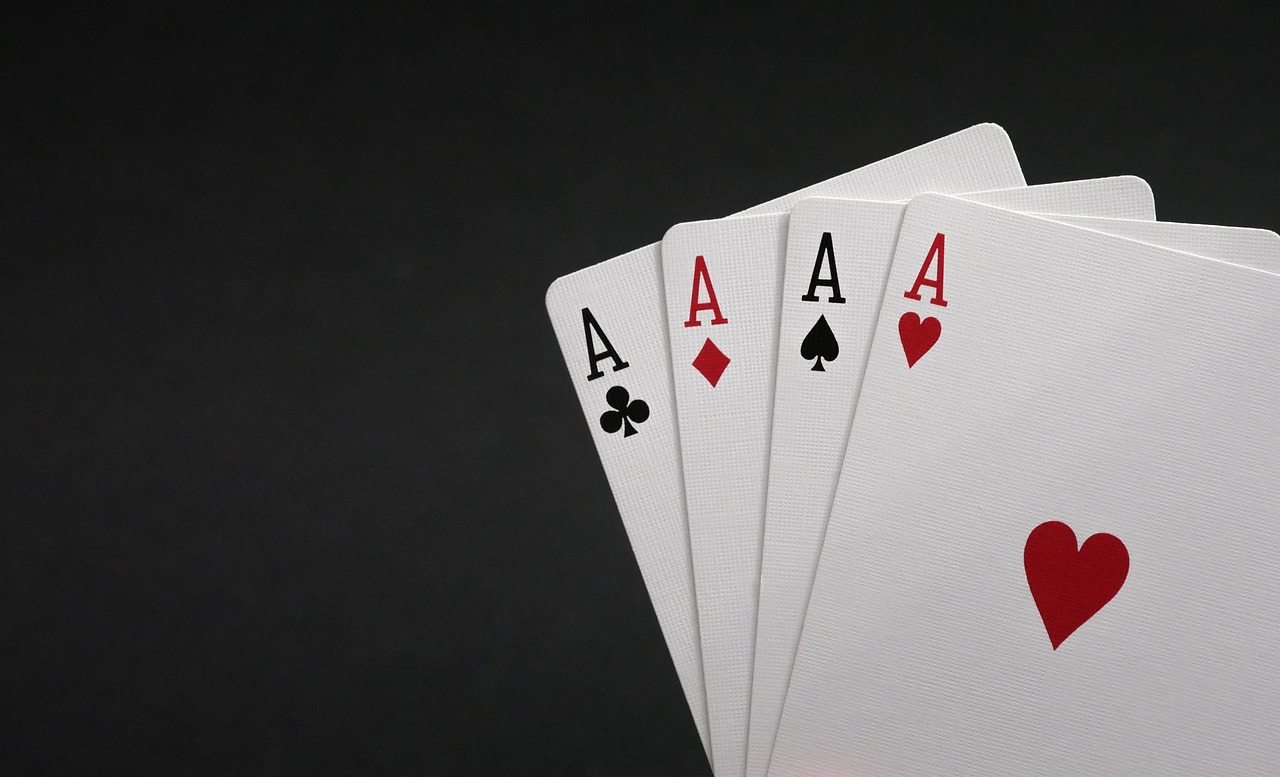Card counting has long been a topic of fascination among blackjack players, offering the possibility of gaining an edge over the casino. While Hollywood movies often portray card counting as an easy way to beat the house, the reality is far more complex. The technique requires focus, discipline, and the ability to make quick calculations under pressure. Despite its potential benefits, card counting comes with significant risks, including detection by casinos and possible bans. Understanding how the system works and weighing its advantages and drawbacks can help players determine if it’s truly worth the effort.

How Card Counting Works and Why It Matters
Card counting is a strategy used to track the ratio of high to low cards remaining in the deck. The concept is based on the fact that high-value cards, such as tens and Aces, favor the player, while low-value cards benefit the dealer. By keeping count of the cards that have been played, skilled players can adjust their bets and playing decisions to capitalize on favorable conditions.
The most common system is the Hi-Lo method, where low cards (two through six) are assigned a value of +1, high cards (ten through Ace) are assigned -1, and middle cards (seven through nine) are neutral. As the game progresses, players maintain a running count, adjusting their bets when the count indicates a higher number of high cards remain in the deck. This increases the likelihood of getting blackjack, improving the chances of winning larger bets.
While card counting does not guarantee success on every hand, it shifts the odds slightly in the player’s favor over time. A skilled card counter can reduce the house edge to near zero or even gain a small advantage, making blackjack one of the few casino games where long-term profitability is possible.
The Challenges and Risks of Card Counting
Despite its strategic advantages, card counting is not without its difficulties. The first challenge is maintaining accuracy under casino conditions, where distractions, fast-paced gameplay, and dealer pressure make it difficult to keep track of the count. Players must be able to perform quick mental calculations while appearing natural, as obvious counting behaviors can attract unwanted attention.
Casinos actively monitor for card counting and employ various countermeasures to detect skilled players. Surveillance cameras, pit bosses, and dealer communication all play a role in identifying those who may be using counting strategies. If a player is suspected of card counting, the casino may take action by asking them to leave, banning them from future play, or altering the deck size and shuffle frequency to disrupt their strategy. While card counting itself is not illegal, casinos have the right to refuse service to anyone they suspect of gaining an unfair advantage.
Another risk is the financial swings that come with blackjack, even for skilled card counters. The technique does not guarantee immediate wins, and variance can lead to losing streaks before long-term success is achieved. Without proper bankroll management, even an experienced counter can go broke before reaping the benefits of the strategy.
Alternative Strategies for Beating the House
For players who find card counting too risky or challenging, other strategies can help improve their blackjack game. Following basic strategy is the first step to reducing the house edge, ensuring that every decision is made based on mathematical probabilities rather than guesswork. Basic strategy charts provide guidance on when to hit, stand, double down, or split based on the dealer’s upcard, maximizing winning opportunities without the need for card counting.
Bankroll management is another essential element of successful blackjack play. Setting limits on bets, managing losses, and avoiding emotional decision-making can help players extend their time at the table and make more strategic wagers. Playing at tables with favorable rules, such as those offering 3:2 blackjack payouts and dealer stand-on-soft-17 rules, also increases the likelihood of success.
Players looking for a more structured approach can explore shuffle tracking and dealer tells, which involve observing patterns in card shuffling or identifying dealer behaviors that reveal hidden cards. While not as widely practiced as card counting, these methods can provide an advantage without drawing as much suspicion from casino staff.
Is Card Counting Worth It for the Average Player?

Card counting offers a way for skilled and disciplined players to gain an edge over the casino, but it is not a guaranteed path to riches. The technique requires significant practice, the ability to handle financial swings, and the patience to withstand casino scrutiny. For casual players looking for occasional wins and entertainment, the risks and effort involved may not be worth the reward.
For those willing to commit to mastering the skill, card counting can be a valuable tool for improving blackjack results. However, even the best counters must accept the reality of casino countermeasures and the potential consequences of being caught. Weighing the benefits against the risks is essential before deciding whether card counting is the right strategy for you.

